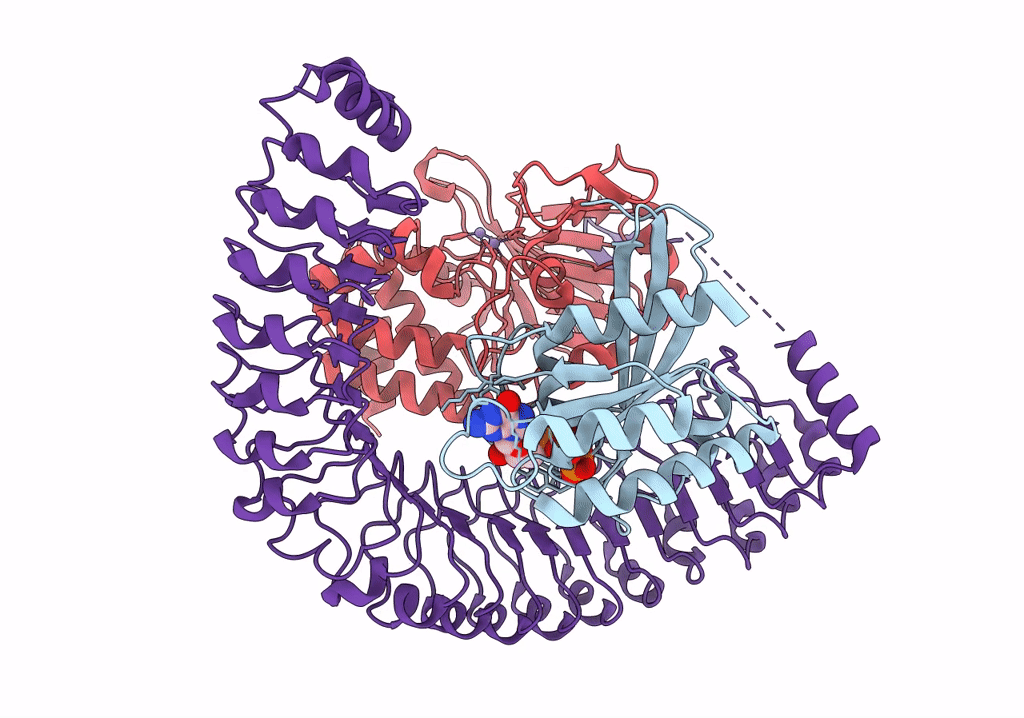
Deposition Date
2022-04-15
Release Date
2022-05-04
Last Version Date
2024-06-12
Entry Detail
PDB ID:
7UPI
Keywords:
Title:
Cryo-EM structure of SHOC2-PP1c-MRAS holophosphatase complex
Biological Source:
Source Organism:
Homo sapiens (Taxon ID: 9606)
Host Organism:
Method Details:
Experimental Method:
Resolution:
2.89 Å
Aggregation State:
PARTICLE
Reconstruction Method:
SINGLE PARTICLE


